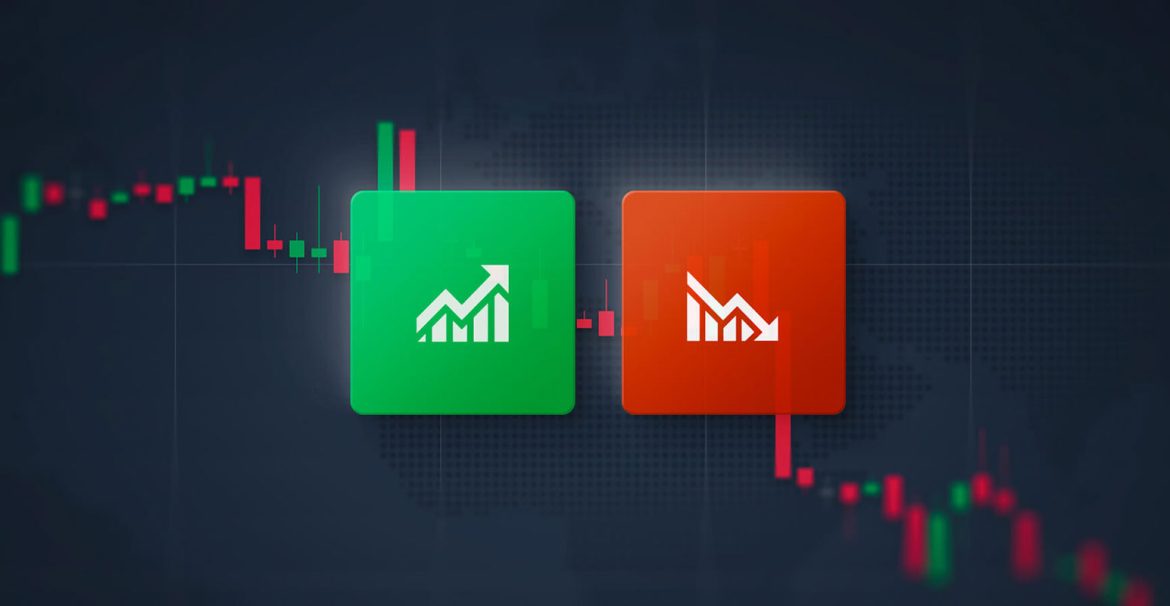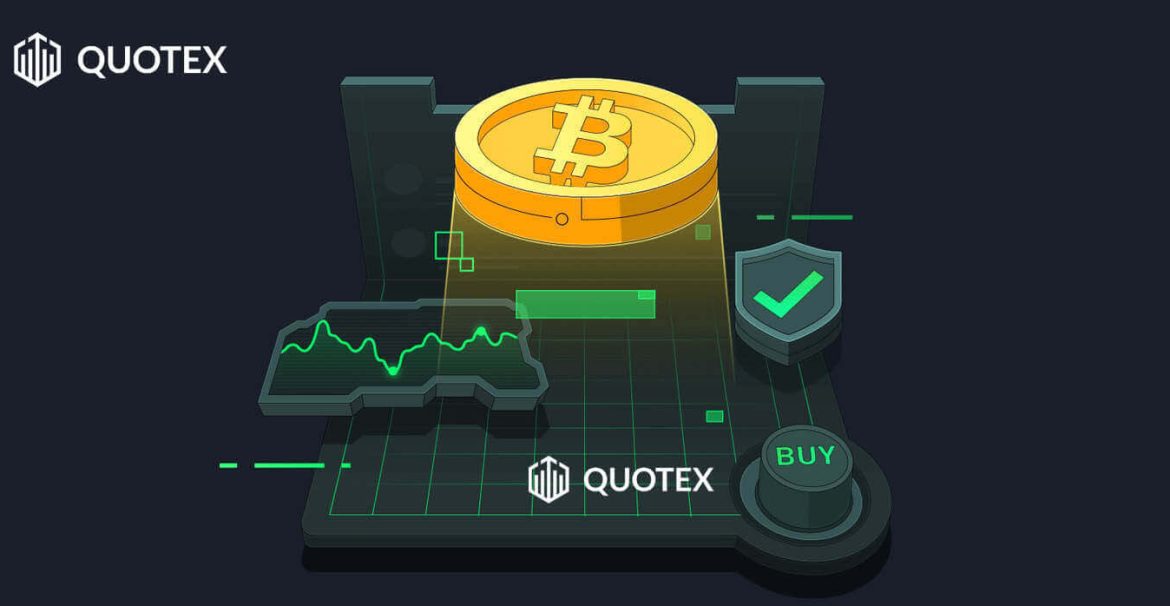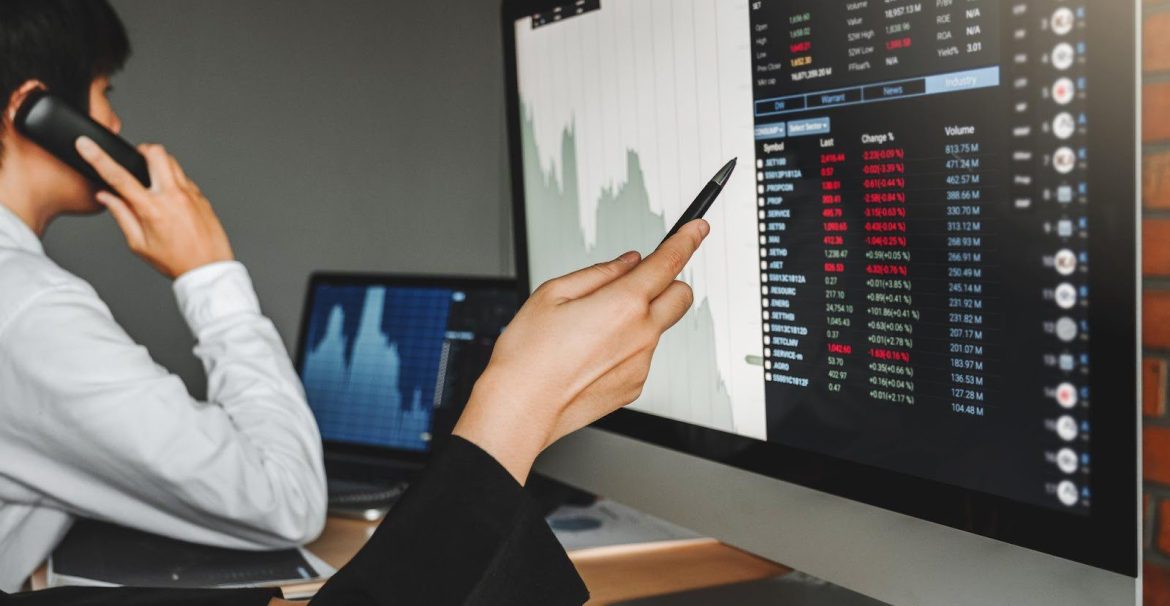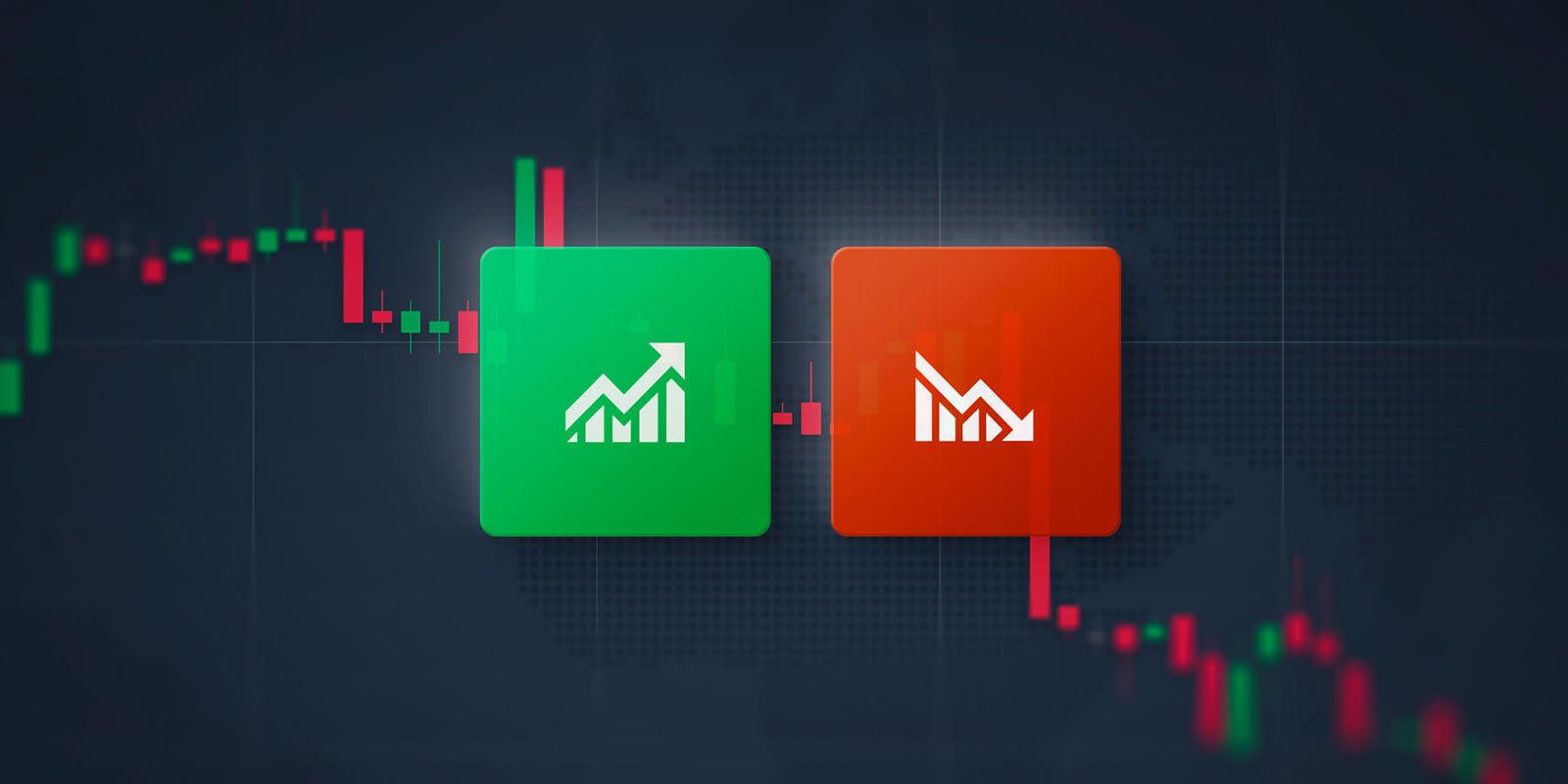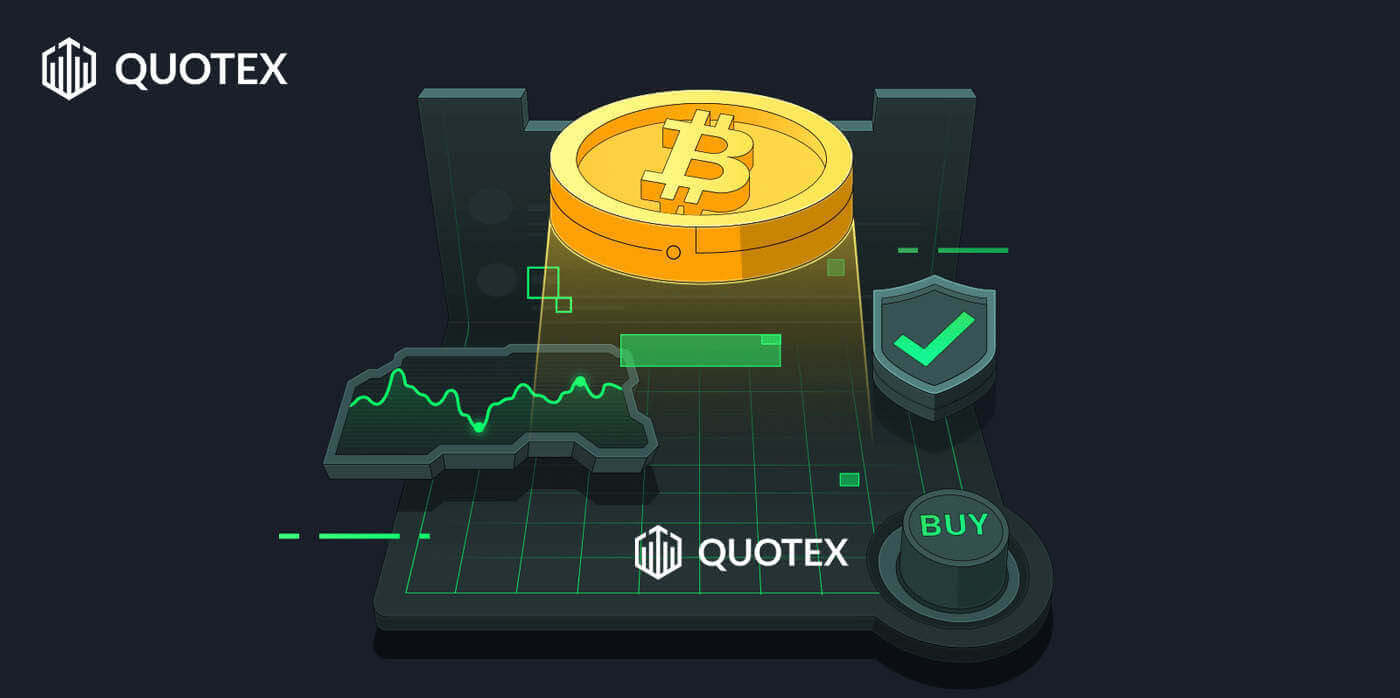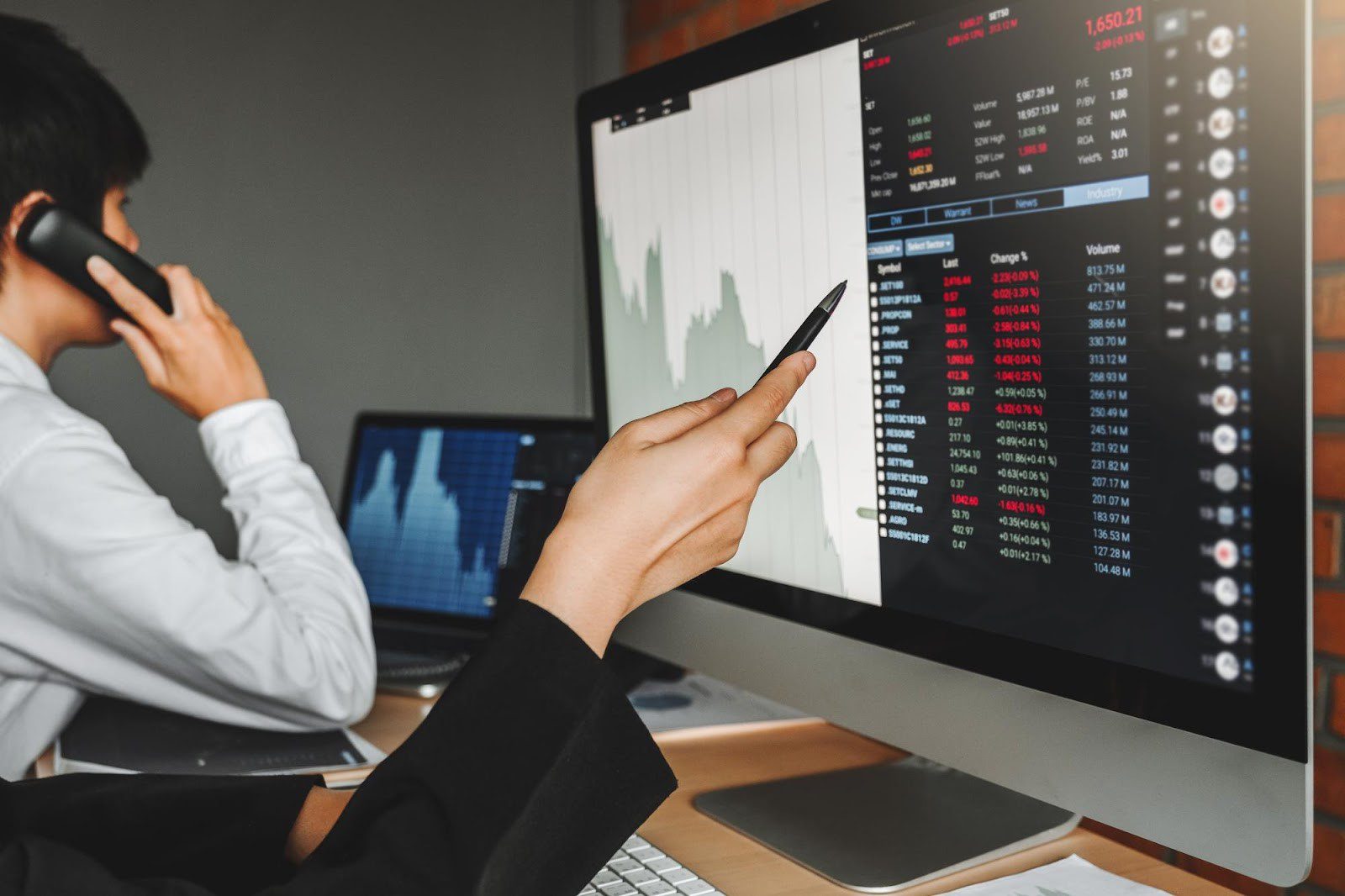Binary asset trading, commonly known as binary options trading, is a financial instrument that simplifies the process of speculation on asset price movements. This form of trading, which has evolved from over-the-counter instruments in the early 2000s in the US, allows traders to predict whether an asset’s price will rise or fall, rather than purchasing the asset itself.
The Mechanics of Binary Asset Trading
Binary options stand out from traditional trading forms due to their binary outcome structure. Traders face two possible scenarios: a fixed return or a total loss of their investment, which is why it’s called “binary.” The process of placing a trade involves three steps: selecting an asset, deciding on an expiration time, and predicting the direction of the asset’s price movement.
Types of Binary Options
There are various types of binary options, including Call/Put, One Touch, and Range/Boundary options, each designed for different trading scenarios. The Call/Put option is about predicting whether the asset’s price will rise or fall. The One Touch option revolves around whether the asset will reach a specific price point, while the Range/Boundary option is about determining if the asset will stay within a set price range. The strike price plays a vital role in these options, determining the success of a trade based on the asset’s price at expiration.
Risks and Rewards in Binary Asset Trading
Binary asset trading is characterized by a predetermined risk-reward ratio, set before the trade is placed. This clarity in potential outcomes demands effective risk management strategies, such as analyzing market trends, using technical indicators, and setting stop-loss limits, to mitigate risks.
Legal and Regulatory Considerations
The legality and regulation of binary asset trading vary globally. In some regions, it is heavily regulated or prohibited. Regulatory bodies like the SEC in the U.S. and CySEC in Europe oversee the practice to ensure fairness. Trading with a regulated broker is essential for protection against fraud and malpractice.
Final Thoughts
Binary asset trading is a high-risk, high-reward financial instrument that offers a straightforward approach to market speculation. However, its speculative nature requires caution and informed decision-making. Traders should prioritize education and practice with demo accounts before engaging in live trading to mitigate risks effectively.


